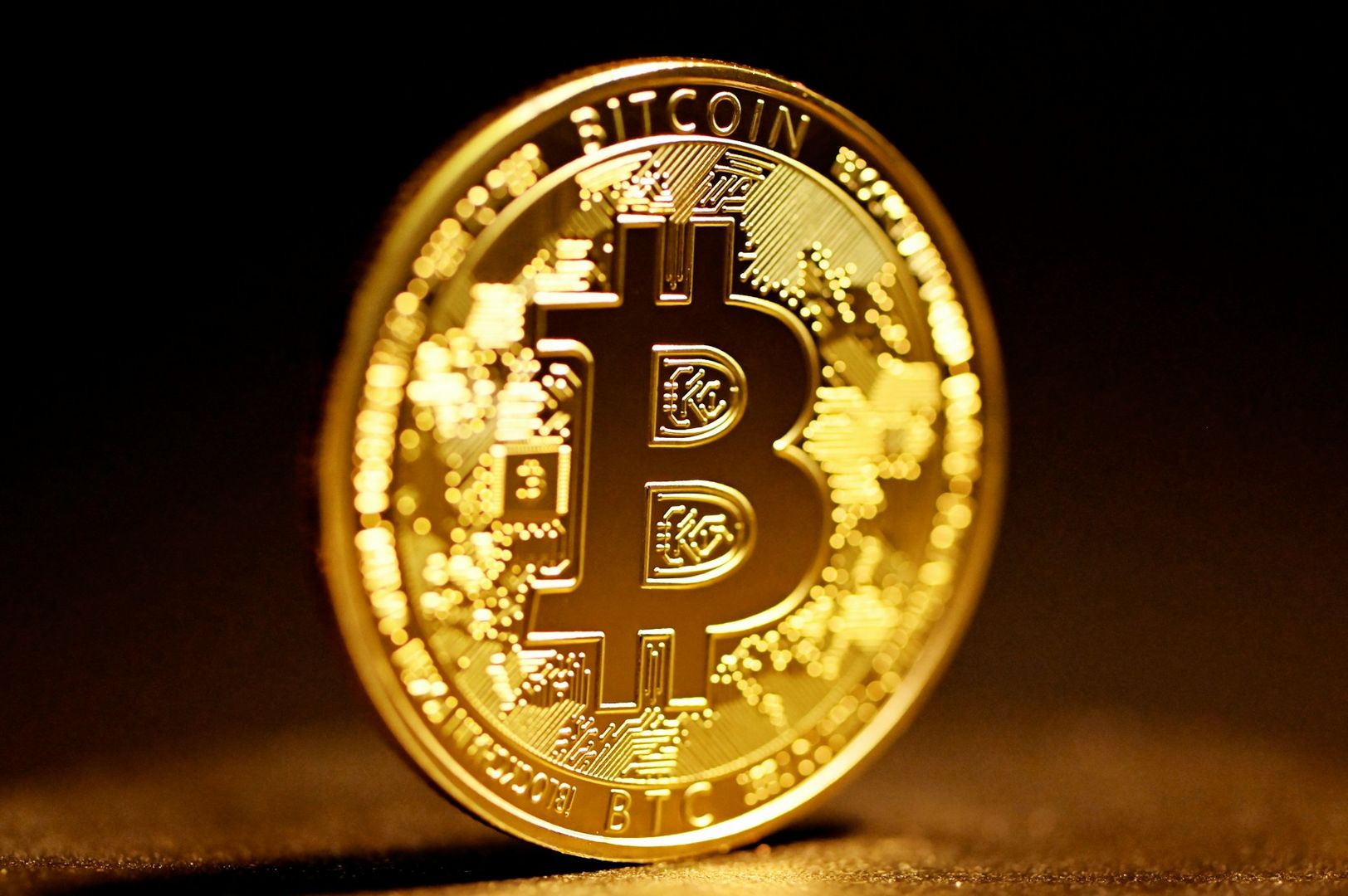Bitcoin Maximalism Crumbles as Crypto Diversification Goes Mainstream

The era of 'one coin to rule them all' is over. As institutional money floods into Ethereum, Solana, and even meme coins, Bitcoin's dominance narrative looks increasingly like a relic of crypto's ideological past.
Hodl culture fades as DeFi eats the world
Yield-hungry investors—including those Wall Street suits who mocked crypto in 2022—are now parking funds in staking protocols and liquidity pools that Bitcoin simply can't support. The OG cryptocurrency suddenly looks like digital gold... if gold paid 0% APY.
The numbers don't lie
While Bitcoin still holds the market cap crown, its dominance ratio has slipped below 40% for the first time since the last cycle's altcoin mania. Meanwhile, smart contract platforms collectively flipped BTC's daily transaction volume months ago—and traditional finance hasn't even noticed yet.
Maximalists won't go quietly. But in a world where money flows to utility (and sometimes dog-themed jokes), their theology sounds increasingly like Blockbuster executives arguing about VHS superiority in 2005.
Interoperability Becomes the New Norm
Today, the crypto ecosystem is no longer a collection of isolated silos or, at least, it needn’t be. Interoperability is the backbone of Web3. The same technologies that maximalists once dismissed, like Wrapped Bitcoin and cross-chain bridges, are now exposing the limitations of that worldview. While these technologies are far from perfect, they prove that users want more than ideological purity; they want utility and functionality. This evolution is particularly significant for Bitcoin, which has historically been limited by its transaction speeds and a lack of smart contract functionality.
The watershed moment came with the emergence and explosive growth of DeFi, offering yield farming, lending, and trading opportunities that Bitcoin — at least in its native FORM — couldn’t directly participate in (most early DeFi activity was concentrated on Ethereum).
To bridge this gap, solutions like wrapped Bitcoin (WBTC) were conceived and launched, tokenizing BTC for use on ethereum and other chains. While this was a step forward, wrapped tokens came with associated risks, such as centralized custodians, potential security vulnerabilities and an overall departure from Bitcoin’s trustless ethos.
New systems, including trust-minimized tunneling and Bitcoin-anchored consensus proofs, are enabling BTC to be integrated into smart contract environments without compromising its core properties. These architectures avoid the need for wrapping. Instead, they treat Bitcoin as a foundational, external settlement layer that can interact directly with the rest of the blockchain ecosystem — through tunneling and specialized Bitcoin-aware VIRTUAL machines.
The result is simple: Bitcoin is no longer isolated. And it no longer needs to be.
Maximalism vs. Infrastructure
Bitcoin maximalism asserts that BTC alone is sufficient. But the infrastructure now being deployed across the ecosystem proves otherwise. BTC is being used in DeFi. BTC is supporting NFT standards. BTC is moving across chains. And it is doing so without compromising its consensus LAYER or monetary properties.
The future of crypto belongs to collaboration, not isolation.Blockchain infrastructure will be shaped by interoperability and modular design. Bitcoin need not compete for dominance in such an ecosystem; rather, it can complement and secure a broader multi-chain ecosystem. As developers build bridges between chains rather than walls, they prove that Bitcoin can coexist with other networks, enhancing its utility instead of competing for dominance. In this environment, the maximalist mentality of “one coin to rule them all” already feels out of touch.
Regular crypto users want flexibility and different options to stake, lend, or trade their assets across multiple platforms, which interoperability enables — unlike Bitcoin maximalism that restricts all out-of-the-box use cases. As multi-chain ecosystems mature, users are increasingly drawn to infrastructure that supports cross-chain utility, including secure integrations of BTC.
Finally, Bitcoin maximalism has always been rooted mostly in ideology — but the crypto industry is driven by innovation, and new technologies are proving that BTC can evolve without losing its importance or advantages. This way, maximalists risk being left behind if they dismiss these advancements as mere “distractions.”
The Core of A Multi-Chain Stack
Bitcoin continues to serve as the most secure and censorship-resistant settlement network in the world. That is not changing. What is changing is the environment around it. Decentralized systems are growing more interoperable. The expectation that networks will remain isolated is no longer viable.
BTC is becoming a Core layer in a multi-chain stack, and more integrated into systems it once stood apart from.
Where once Bitcoin maximalism offered clarity during crypto’s early phases of growth, the ecosystem has evolved. Today, Bitcoin can serve as a cornerstone in a broader system emphasizing security, interconnectivity, and composability.
As this trend continues to gain momentum, Bitcoin maximalism may fade because the idea that one coin must dominate all others ignores the power of collaboration and innovation. Interoperability isn’t a threat to Bitcoin — it’s a catalyst for growth. The future of crypto isn’t about choosing a single winner but rather about building a decentralized world where every chain, including Bitcoin, plays a vital role.
The decentralized future will rely on systems that are secure, interoperable, and modular. Bitcoin’s role as a resilient base layer ensures that it will persist as an integral component of that future, not as the only chain, but a fundamental cornerstone among others.

